What is Nudge Marketing?
Nudge Marketing is used to influence customers’ decisions indirectly through suggestion and reinforcement. Marketers use subtle interventions to adjust the “Choice Architecture,” making particular outcomes more likely. As demonstrated by Daniel Kahneman and Richard Thaler, most decisions are based on biases and guesswork.
Cass Sunstein and Richard Thaler, Nudge (2008):
A nudge, as we shall use the term, is any aspect of the choice architecture that alters people’s behaviour in a predictable way without forbidding any options or significantly changing their economic incentives. To count as a mere nudge, the intervention must be easy and cheap to avoid.
Nudge marketing offers businesses a way to communicate more effectively. It also gives them a reason to make life as easy as possible for customers.
What is Nudge Marketing
Examples of Nudging and Nudge Marketing
- Keeping the Schipol Airport Toilets Clean
- Encouraging Healthy Eating in the Google Canteen
- Getting People to Walk on the Underground
- Overcoming E-commerce Obstacles
Nudge Marketing applies Richard Thaler’s theory of nudges to marketing. The “Choice Architecture” being adjusted is the decision faced by a consumer. Marketing nudges act on specific psychological levers to influence consumer choices and actions. These levers include irrational biases such as:
For marketers, a nudge provides a low-cost and non-intrusive way to change habits and encourage certain choices. However, not everyone is comfortable with the idea…
Nudge Marketing In The Media
Media coverage of nudge theory and Nudge Marketing has been dramatic. Some journalists have presented it as a miraculous way to improve public life and health. As David Halpern wrote in the Guardian:
We face thousands of decisions in our day-to-day lives, some more significant than others – what to eat, what to wear, whether to buy, how much to save. More than anyone else in his field, Thaler has shown how we can use the behavioural research to change policy, in ways that help people make better choices for themselves.
Others have worried about its effect on free will and rational choice. Most recently, these concerns have centred on what are called “Dark Patterns” in web design. Travel sites, in particular have been accused of presenting misleading information and fake Social Proof to nudge consumers.
What the Experts Say About Nudge Marketing
In an article written for the New York Times, Richard Thaler gave his own response to the questions surrounding nudge ethics. He suggested nudge marketing should follow three simple rules:
- All nudging should be transparent and never misleading.
- It should be as easy as possible to opt out of the nudge, preferably with as little as one mouse click.
- There should be good reason to believe that the behaviour being encouraged will improve the welfare of those being nudged.
Nudges are most useful when they do not trick people or pressure someone to make a purchase. These kinds of nudges cause reactance and reduce consumer trust. Rather than coercing people, nudge marketing should be based around making the decision-making process simple and straight-forward for customers.
Examples of Nudging and Nudge Marketing
Once you start to look for them, you can see nudges everywhere. Here are some common examples of nudges and nudge marketing in action.
1. Amsterdam Airport Reduces Spillage With a Nudge
Schiphol airport in Amsterdam wanted to reduce “spills” in the toilets and reduce cleaning costs. To do this, they etched an image of a Fly into each urinal, encouraging men to direct their aim towards the centre.
No fine, no instructions – just a fly to aim at.
The result: an 80% reduction in spillage.
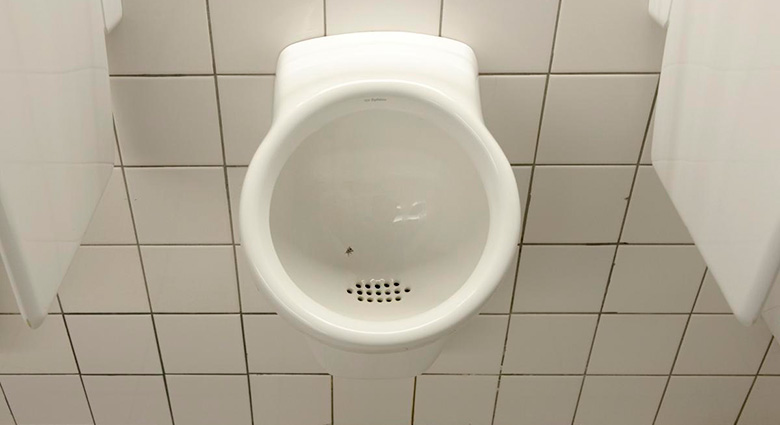
2. Google Improves Eating Habits With Nudges
Google is known for its “Free Food” policy (“Whoo hoo! all-you-can-eat meal!”) However, free snacks and big lunches made it harder for employees to stay healthy.
To address this, Google adopted a number of nudges to reshape the Choice Architecture facing its employees.
- They made the sweets containers in their canteens opaque so that the contents were less obvious. Following this, sweet-snacking decreased by 9%
- They moved salad to the front of the canteen buffet and placed sugar-free drinks at eye-level in their fridges. Because of this, calorie intake reduced by 7%
People often make choices based on the order in which options are presented. With simple nudges, Google was able to reshape its employees’ eating habits.
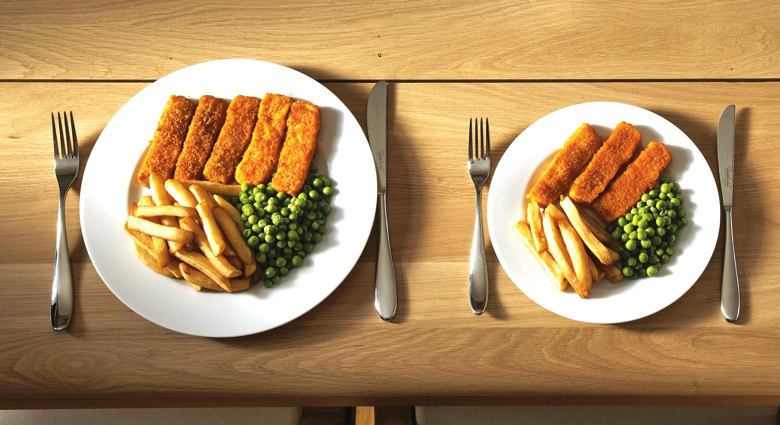
3. Nudges on the Underground
The benefit of a small amount of exercise is well established, so a number of cities have introduced nudges to encourage travellers to use stairs rather than escalators.
The Metro in Stockholm turned its stairs into a grand piano resulting in a 70% increase in use.
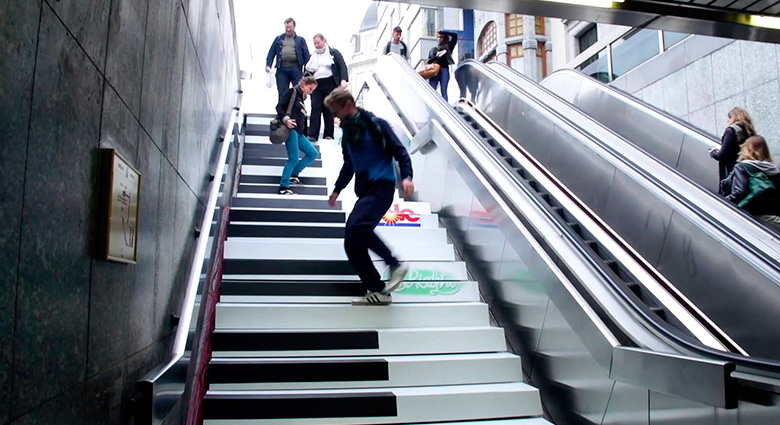
Another example is the Underground in Hamburg. The city turned the stairs into a running track so that commuters could feel like athletes.
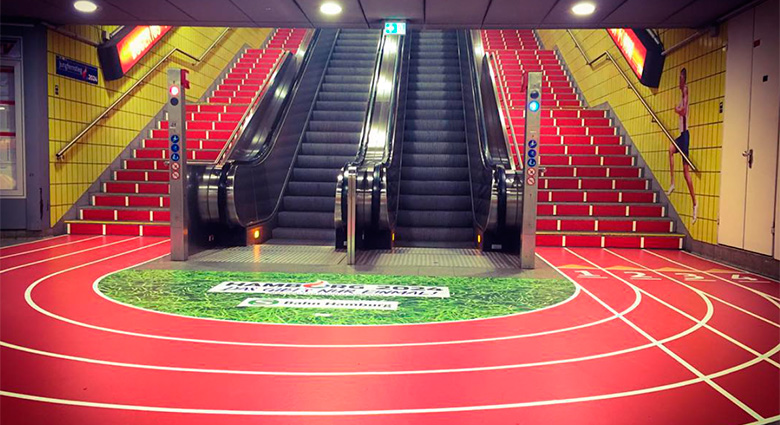
4. Booking.com Uses Nudge Marketing
The hotel booking site Booking.com uses nudges to apply marketing effects such as Scarcity and Social Proof.
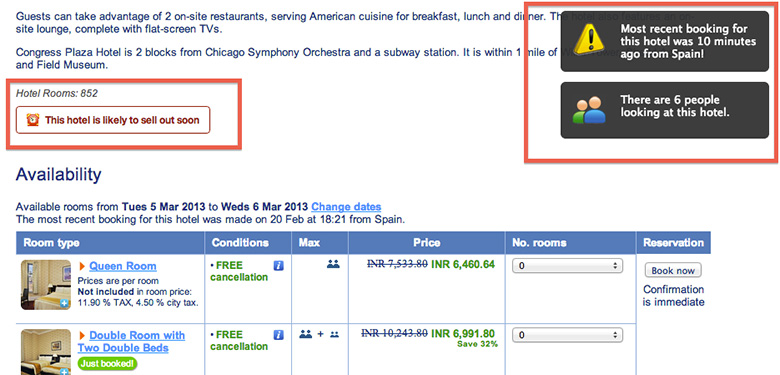
Because online shopping involves hundreds of small decisions, most of them based on things like customer reviews and popularity, Social Proof is a common nudge used by eCommerce websites.
Conclusion
Nudge Marketing now plays an important role in the whole digital marketing mix. If you are experimenting with website design, implementing nudges and nudge notifications is a great place to start. For e-Commerce and Shopify users, our Social Proof App – Nudgify – offers an easy way to shape the Choice Architecture facing your customers.




i love this post uwu